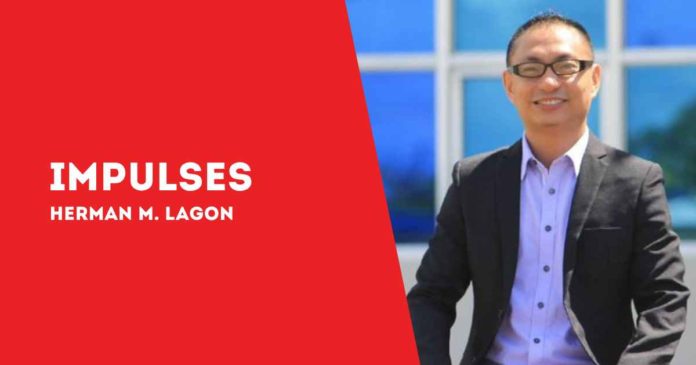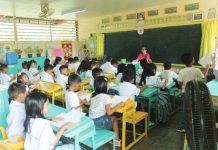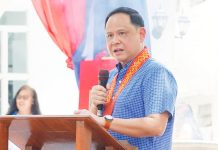
YET, WE must acknowledge the frustration. Families are burdened with costs. Some public schools still lack labs, books, teachers, and immersion opportunities. But these are reasons to improve, not dismantle. Just as you do not junk an entire bridge because some planks are broken, we cannot abandon an entire reform because its rollout was flawed. The CEAP and CBCP put it best: “Reform, not repeal, is the only rational and just way forward.”
Take the SHS voucher program as one example of something that works but needs scaling. Vouchers now help over 1.2 million students attend private schools—offering relief for crowded public systems and hope for underserved areas. Abolishing SHS would not just waste this investment; it would choke a lifeline for learners who found quality education outside of their default public options.
The global argument also holds weight. Before K to 12, our graduates were required to take remedial courses abroad. Now, thanks to alignment with international standards, some Filipino SHS students gain admission into universities overseas or qualify for scholarships. This parity is not symbolic—it is structural. It saves families time and money, and more importantly, it affirms our youth’s global competence.
Let us also consider what reform really means. It does not mean endless top-down memos, legislative grandstanding, or jargon-packed policies. It means listening. It means resourcing. It means mentorship. PBEd has called for more decision-making power at the school level, particularly in teacher deployment and budgeting. When principals become true instructional leaders—not just paper-pushers—they can tailor programs that suit their contexts. That is not just smart; it is urgent.
For those calling to repeal K to 12, I invite you to walk the dusty roads of San Joaquin or ride the pump boats to Carles where SHS is often the only structured opportunity for youth to choose a path other than migration or underemployment. Education is not a switch you flip; it is a long game. What we started in 2012 is only beginning to take root. A seed does not become a tree in a decade, especially when half that time was lost to a global pandemic.
The better path forward is not about flipping systems but fixing them. Not everything needs to be scrapped to be corrected. A cracked wall needs patching, not a demolition. We can debate details—strand offerings, immersion hours, teacher load—but the structure of K to 12 is relatively sound. It has given young Filipinos a more honest shot at life beyond school. That is not a setback. That is progress, however slow.
At its core, education is hope. Going back to K–10 would not just cause chaos—it would shortchange a generation. Reversing K to 12 would not fix the cracks—it will only make them worse in the middle of a learning crisis students are already struggling through. Let us improve, not undo it.
We owe students more support, not less. K–10 is not a solution—it is a step back from what they truly need. Let us fix what is broken, build where there is need, and finish what we started. K–10 is not a solution—it is surrender. K to 12 may be flawed, but it gives every Filipino learner something far more valuable than shortcuts: a fighting chance.
***
Doc H fondly describes himself as a “student of and for life” who, like many others, aspires to a life-giving and why-driven world grounded in social justice and the pursuit of happiness. His views do not necessarily reflect those of the institutions he is employed or connected with./PN







